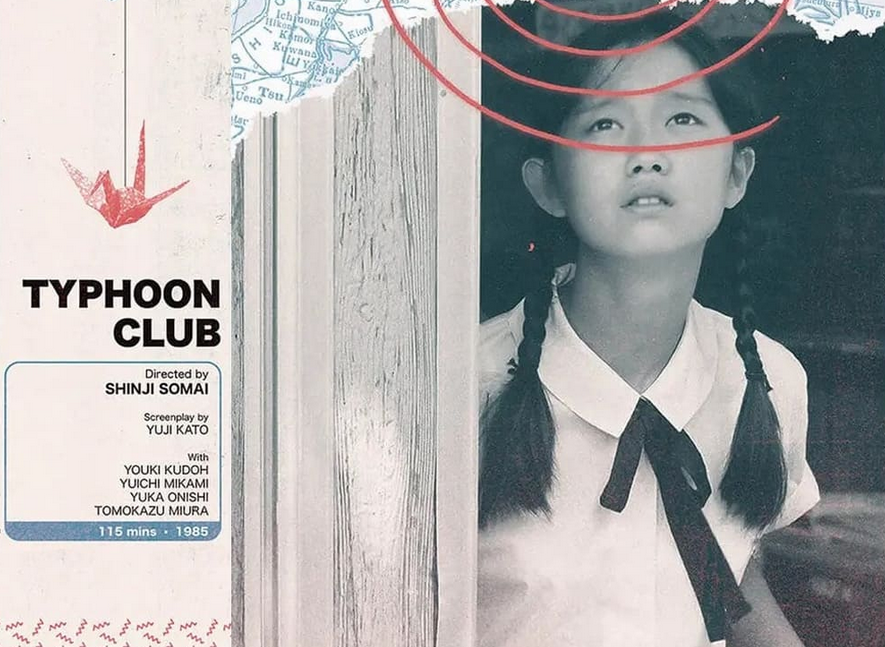Traveling to elsewhere: ‘ dōjinshi' and ‘kojo moe’
- Details
- Written by Cristiano Agostino
One of Japanese tourism's most interesting aspects, especially for those that experience it for the first time, is the ubiquity of mascots, fictitious 'sponsors' usually designed with a kawaii or moe aesthetics in mind.
Variety is endless: we go from Hakodate Prefecture's teddy bear, through Nara's monk Sento-kun, to mascots being used to represent specific aspects of Japanese tourism, as is the case with ita-densha(1).
For the past few years a new tendency has gained a foothold in the domestic tourism industry: kojo moe, or touring Japan's post economic bubble ruins like one would do with a museum or a theme park(2). A concept of tourism that would seem, at first, antithetical to 'tourism via mascot': like many other themed kinds of tourism, kojo moe targets a specific demographic with niche interests. Much like notorious densha otaku, these industrial explorers compulsively photograph their places of interest, and one of the publications where their collections are often displayed is, surprisingly, dōjinshi.
When dōjin emerged from the undergrowth of otaku culture to become, at least partly, a mainstream phenomenon, we witnessed a great diversification of contents, and it's not unusual to find dōjinshi that do not reference the animanga world. One of these new typologies is the photo essay, an important subset of which centers on kojo moe. Circles like Midgard, M.P.S. Or Kohei Ichiman publish yearly reports on their forays, moving from abandoned factories, through long-gone traditional housings, to explorations of quasi-horror venues such as hospitals, madhouses and prisons.(3)
One of the most interesting aspects of this kind of dōjinshi is the aesthetics that accomunates them – markedly more artistic than documentary, the evocative and mysterious aspect prevailing over objectivity. In Kohei Ichiman's Lost Dungeon Tomogashima's war ruins become a paradoxical crossing between a post-apocalyptic scenario and Haibane Renmei's Old Home; the photographs are saturated, filtered and colors adjusted to the point of becoming surreal (fig.1). Midgard, from the circle of the same name (only member is Inaba Wataru), is a collection of night shots of industrial complexes, yet the subject is merely an excuse to paint with light, creating pictures that waver between hyper-detail and the painterly (fig.2). Funeral Under the Sea by Ketch and Yoru combines images of ruined hospitals and train stations with animals and abstract elements, giving birth to a narration that resembles a fairy tale rather than a documentary (fig.3).



An aesthetics that is grounded in the surreal, the surprising and the transformation of the consumerist experience into a meeting with the fantastic. Yet, it's exactly because of this that kojo moe might not be as far removed from kawaii tourism mascots as it might seem at first. In both cases, the intent is to transcend tourism as a mere movement from one place to another, marking instead the uniqueness of the experience through its artistic transmutation. Because of this, kojo moe dōjinshi pose themselves both as a complex re-reading of Japan's industrial past, and as a reinterpretation of our relationship with such past.
Notes:
1- trains decorated with anime and manga characters.
2 – Not an exclusively Japanese phenomenon: one could think, for example, of guided tours through Chernobyl and Prypiat.
3 – Particularly popular is the so-called 'Suicide Forest' in Aokigahara, famously featured in a documentary from Vice Magazine.




